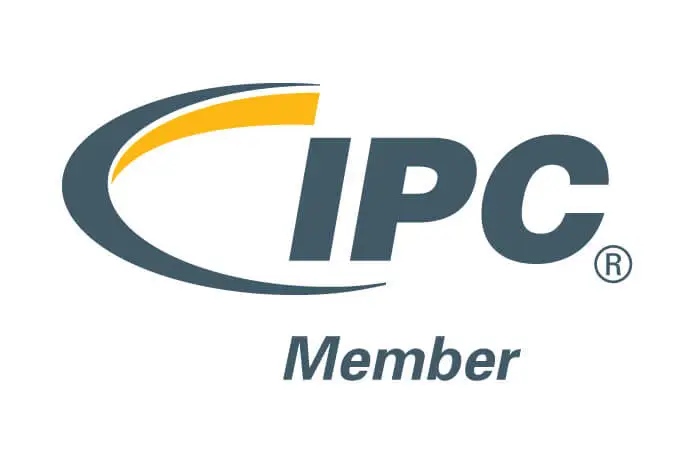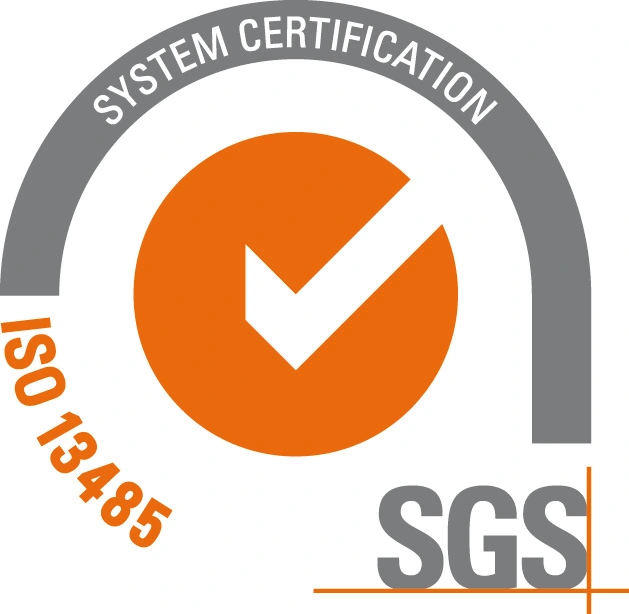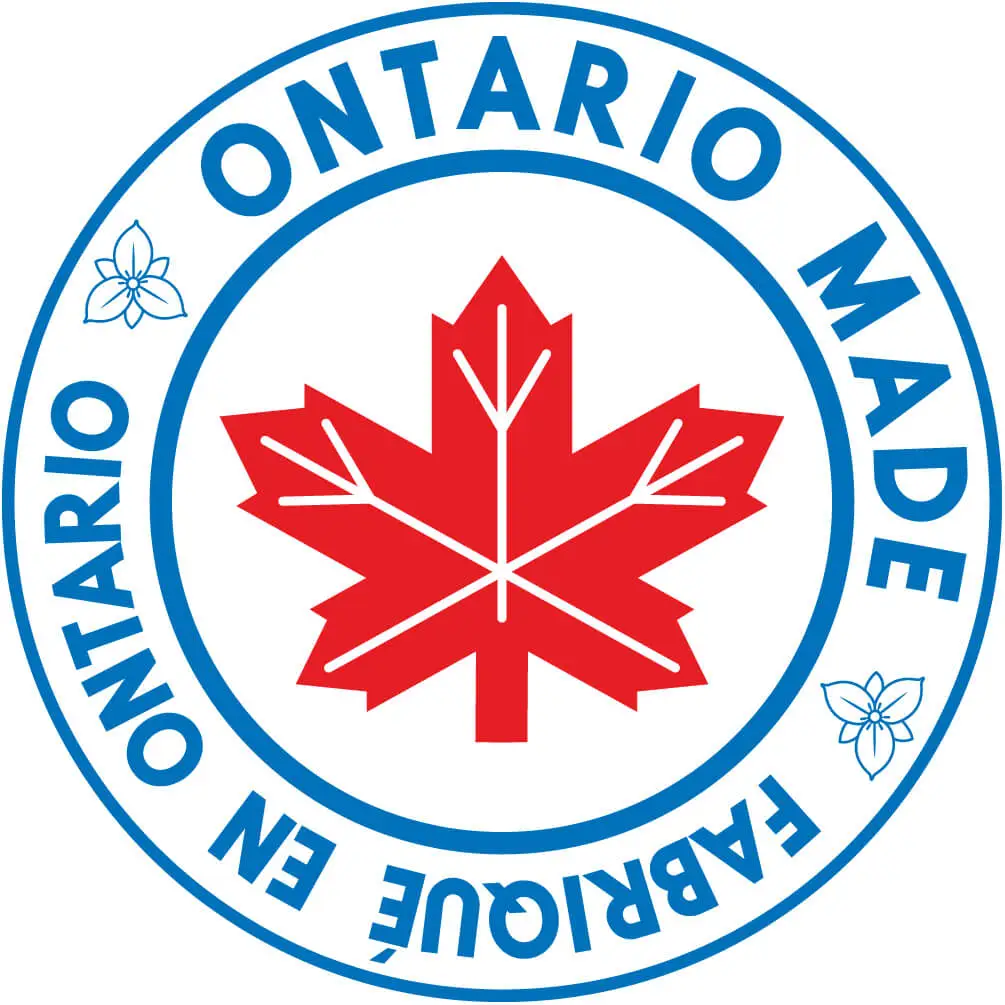TURN-KEY PCB ASSEMBLY: BITTELE ELECTRONICS
PCB MANUFACTURING AND ASSEMBLY
Full Turn-Key PCB Manufacturer
You can quickly get quotes and order PCB fabrication and assembly using our online system. Take advantage of exclusive automatic discounts with our tool. Our BOM pricing tool ensures you receive the lowest price for your order.
START A TURN-KEY PCB ORDER
Why J-STD-033 Require Moisture Sensitive Devices to be Used Within 48 Hours after Opening
I. Failure Mechanism of Moisture-Sensitive Devices (MSDs) and Industry Challenges
The core failure mechanism of moisture-sensitive devices lies in moisture-induced vapor pressure damage caused by moisture absorbed into hygroscopic materials during high temperature reflow soldering. When plastic-encapsulated components are exposed to ambient humidity, moisture gradually penetrates through non-hermetic packaging into the device. During reflow (typically 220–245°C), this moisture vaporizes and expands rapidly, causing to:
- Delamination and Cracking: Expansion stress causes separation at interfaces between the encapsulant, die, and lead frame, resulting in internal cracks or visible "popcorn" defects.
- Electrical Degradation: Oxidation of metal leads and solder joint failures (e.g., cold solder or open circuits) can impair device functionality.
- Latent Defects: Some defects may not be detectable during production testing but significantly reduces long-term reliability.
Experimental data shows that in a 30°C/60%RH environment, the moisture absorption rate is non-linear over time. For example, a Moisture Sensitive Level 3 (MSL 3) device can absorb up to 80% of its critical threshold within 48 hours, and MSL 5 devices can reach failure thresholds within the same time frame under identical conditions.
II. Scientific Basis Behind the 48-Hour Rule in J-STD-033
The 48-hour usage requirement is grounded in extensive industrial validation and empirical data:
1. Moisture Absorption Kinetics
- A. Accelerated Aging Tests: (85°C/85%RH) simulate absorption behavior for different MSLs categories. Data shows MSL 5 devices exceed the 0.25% internal moisture saturation limit (per IPC/JEDEC J-STD-020) after 48 hours at 30°C/60%RH.
- B. Package Thickness Impact: Devices with thickness <1.4mm absorb 2.5x more moisture than thicker packages (>2.0 mm) within 48 hours, making them more sensitive to time-exposure.
2. Thermal Stress Testing During Reflow
- A. Reflow Validation: Shows significant increases in delamination after 48 hours. For example, a BGA package showed delamination rising from 0.5% to 12% after 48 hours, and exceeding 25% after 72 hours.
- B. Risk of Lead Oxidation: Beyond 48 hours, oxidation of component leads increases by 30%, elevating the risk of soldering defects.
3. Balancing Humidity Control and Floor Life
- A. Environmental Fluctuations: The standard production conditions often exceed the ideal 30°C/60%RH baseline, with real environments may temporarily spikes to 70%RH. The 48-hour limit serves as a conservative safety threshold.
- B. Dry Cabinet Mitigation: Storing exposed components in ≤5%RH dry cabinets can pause floor life. However, resetting floor life requires drying for 5x the exposure duration making it complex and costly process.
III. Cross-Validation with Industry Standards and Technological Evolution
1. Synergy with J-STD-020
J-STD-020 defines Moisture Sensitivity Levels (MSLs) classifications, while J-STD-033 outlines storage and handling protocols. For example:
- A. MSL 5 devices have a 48-hour floor life, validated through multiple batch aging and reflow testing.
- B. Labels indicating exposure time (e.g., HIC cards) are required for traceability.
2. Compatibility with IPC-9501
Pre-treatment simulations (e.g., thermal cycling, mechanical vibration) reveal that components not used within 48 hours show 4x higher failure rate during subsequent assembly.
3. Global Case Studies
- A. An automotive electronics manufacturer reported an 8% rework rate for non compliant batches, versus just 0.7% for compliant ones.
- B. Texas Instruments (TI) noted in a white paper that MSL 5 power modules used beyond the time limit showed a 50% increase in intermetallic compound (IMC) growth risk.
IV. Techno-Economic Analysis and Industry Best Practices
1. Cost-Benefit Considerations
- A. The 48-hour rule significantly reduces batch scrap risk due to moisture damage. Compliant manufacturers report a 2–3% yield improvement, offsetting logistics costs from tighter time controls.
- B. Baking Costs: Components that exceed floor life requires re-baking at 125°C for 24 hours, increases batch costs by 15–20%, significantly higher than timely usage.
2. Operational Recommendations
- A. Dynamic Inventory Management: Implement FIFO principles with Manufacturing Execution Systems (MES) to track real-time exposure.
- B. Localized Environmental Control: Use micro-environment storage cabinets with ≤10%RH near SMT lines to extend usable time windows without baking.
V. Conclusion
The 48-hour time constraint defined by J-STD-033 is a result of comprehensive validation through absorption kinetics, thermal stress testing, and industry failure data. Its primary purpose is to balance device reliability, process control, and economic efficiency. To comply and optimize operations, manufacturers should invest in smart moisture control systems, automated tracking, and process discipline ensuring both regulatory compliance and maximum production yield.
For more information about our capabilities or to send us your PCB Design Files for an official quotation, please feel free to Contact Us any time! We can be reached via email at sales@7pcb.com or call at 1-416-800-7540.
Related Articles:
Please briefly describe the information you are seeking in the search bar below.






 English
English